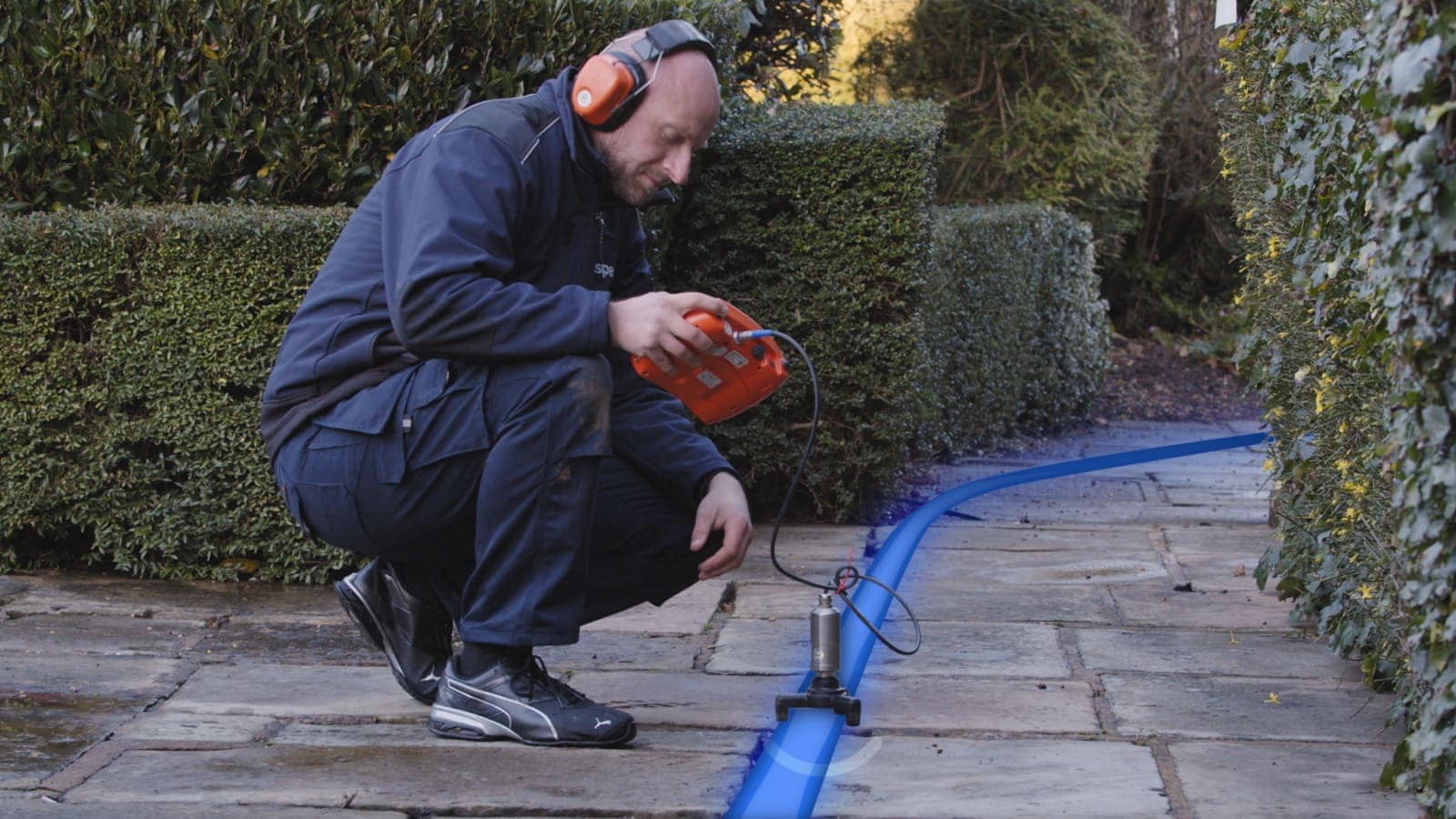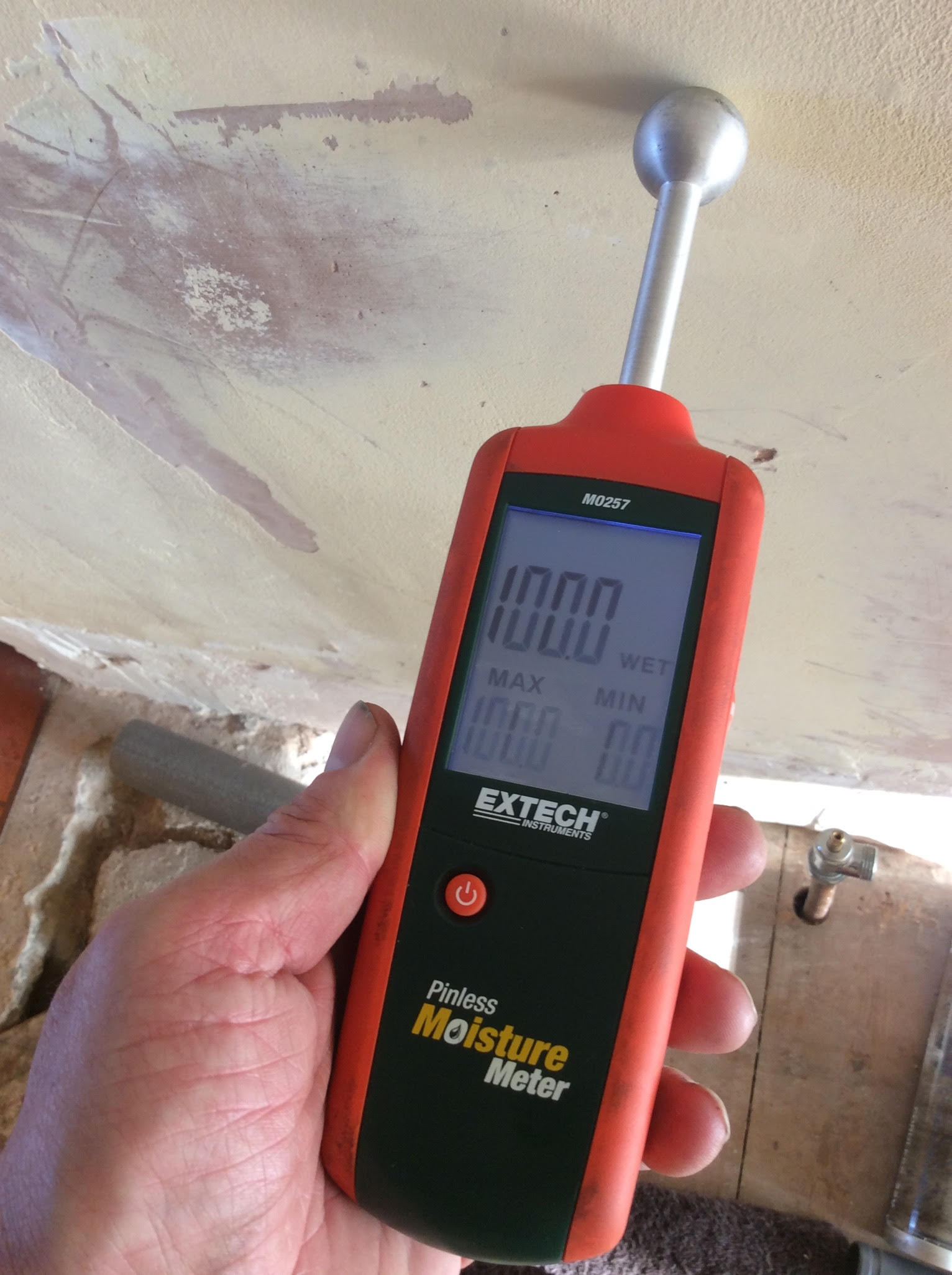Cutting-edge Solutions for Very Early Discovery of Water Leaks in Structures and Infrastructure
As the integrity of structures and framework is extremely important, the challenge of early detection of water leaks has actually spurred cutting-edge services that guarantee to revolutionize the means we safeguard against prospective problems. From cutting-edge leakage detection modern technologies to the implementation of IoT sensors for real-time tracking, the landscape of leak prevention is evolving swiftly. Equipment learning algorithms use a glance into the future of leak prediction, while thermal imaging provides a non-intrusive method for determining hidden leakages. Automated water circulation evaluation systems are improving exactly how leaks are recognized and dealt with, leading the way for a positive technique to water leakage detection. Each of these services holds the vital to making certain the integrity and durability of our built setting, motivating a change towards a much more sustainable and effective future.
Advanced Leak Detection Technologies
Advanced leakage discovery innovations, outfitted with sophisticated sensors and algorithms, play a critical role in quickly recognizing and pinpointing water leaks in numerous settings. These innovations utilize a combination of acoustic, thermal, and electromagnetic sensing approaches to identify leakages accurately. Acoustic sensors find the noise of leaving water, enabling specific localization of the leakage source. Thermal imaging discovers temperature adjustments triggered by water leak, giving an additional efficient technique for leakage recognition. Electromagnetic sensors can recognize adjustments in electromagnetic areas triggered by water, using yet an additional layer of leak discovery capability.

IoT Sensors for Real-Time Tracking
In the realm of modern water leakage detection, the combination of IoT sensing units for real-time surveillance represents a critical development in improving positive leakage detection abilities. These sensors offer continual tracking of water systems, providing real-time information on water flow rates, stress variations, and temperature level modifications. By leveraging IoT innovation, these sensing units can find even the smallest anomalies in water usage patterns, making it possible for early recognition of prospective leaks before they intensify into significant issues.
IoT sensors send information to a central platform, where advanced algorithms examine the info and generate alerts or notices when irregularities are spotted. This real-time surveillance capability enables homeowner or center managers to without delay address leaks, decreasing water damage, decreasing repair service expenses, and saving water sources.
Additionally, IoT sensing units can be integrated with building monitoring systems, allowing for automated responses to spotted leaks, such as shutting down water shutoffs or triggering pumps to mitigate the impact of leakages. On the whole, the implementation of IoT sensors for real-time monitoring considerably enhances the performance and effectiveness of water leak discovery in buildings and framework.
Maker Learning Algorithms for Leak Forecast

One key benefit of using artificial intelligence for leak forecast is its capacity to constantly learn and enhance its precision in time. As even more data is gathered and fed right into the algorithm, it can fine-tune its forecasts and adjust to altering conditions, eventually enhancing the reliability of leakage detection systems.
Additionally, artificial intelligence algorithms can help in identifying refined indications of leakages that may go undetected by typical tracking approaches. water leak detection. By assessing intricate data embed in real-time, these formulas can provide very early warnings and notifies, enabling punctual intervention and preventive upkeep to alleviate prospective water damage and linked wikipedia reference expenses
Using Thermal Imaging for Leak Detection
Thermal imaging innovation offers a promising approach for identifying water leaks in various systems and frameworks. By using infrared radiation and temperature variances, thermal imaging cams can recognize hidden leakages that are not quickly noticeable to the naked eye. When water gets away from pipes or structures, it typically alters the temperature of the bordering area, developing temperature differentials that thermal cameras can record. These temperature irregularities are after that translated into visible additional resources pictures, highlighting the exact area of the leak.
One of the crucial benefits of thermal imaging for leakage discovery is its non-intrusive nature. Unlike standard approaches that might require burglarizing walls or floors to find leakages, thermal imaging permits non-destructive screening. This not only conserves time and reduces costs but additionally lessens disruption to the building or infrastructure being analyzed. Additionally, thermal imaging can swiftly scan large locations, offering a comprehensive overview of prospective leak sources in a timely way. In general, the use of thermal imaging innovation improves the performance and accuracy of water leakage discovery, making it a beneficial device for maintaining the integrity of structures and frameworks.
Automated Water Circulation Evaluation Solutions
How can automatic water flow analysis systems change the discovery and administration of leaks in different systems and infrastructures? Automated water circulation analysis systems offer a proactive strategy to leakage discovery by constantly keeping an eye on water circulation prices and patterns. By developing baseline data, these systems can promptly determine deviations that might suggest a leakage, making it possible for timely treatment to prevent comprehensive damage.
These systems use innovative algorithms go to this site to analyze real-time data and provide prompt notifies when anomalies are discovered, enabling swift action to be taken. Furthermore, automated water circulation analysis systems can be integrated with structure monitoring systems or IoT platforms, enhancing overall efficiency and enabling remote monitoring abilities.
In addition, the data accumulated by these systems can be used for predictive upkeep functions, assisting to identify possible powerlessness in the facilities prior to leakages happen. Overall, the execution of computerized water circulation analysis systems can dramatically improve leakage detection and administration methods, ultimately causing cost financial savings, minimized water wastefulness, and boosted sustainability in structures and framework.

Final Thought
In conclusion, the integration of sophisticated leakage discovery innovations, IoT sensors, artificial intelligence formulas, thermal imaging, and computerized water flow evaluation systems offers cutting-edge options for early discovery of water leaks in structures and infrastructure. These innovations enable real-time tracking, forecast of leaks, and effective detection methods to stop water damages and waste. Implementing these remedies can aid in keeping the honesty and sustainability of water supply in various settings.